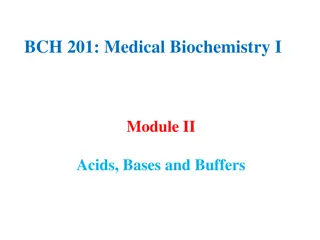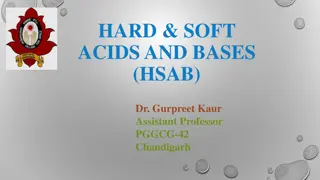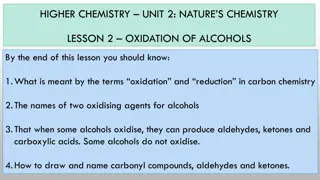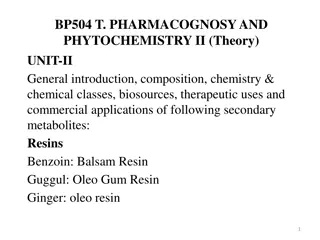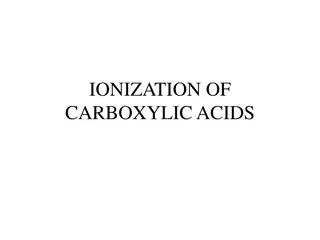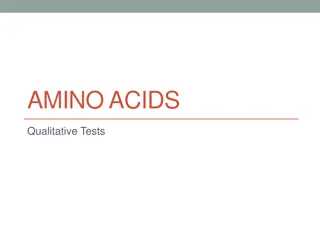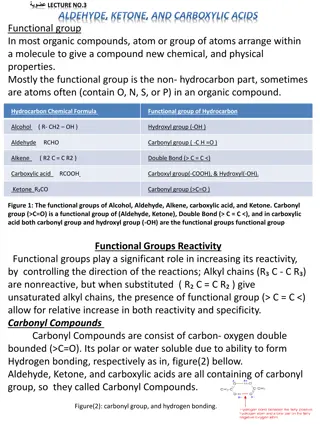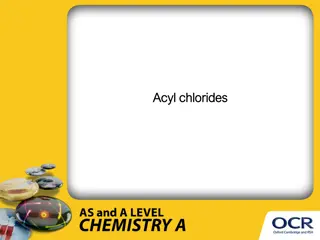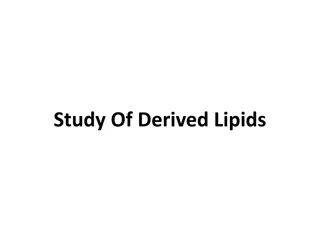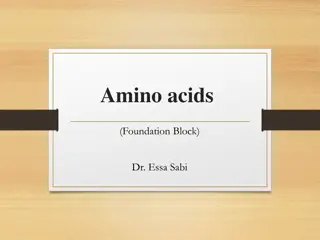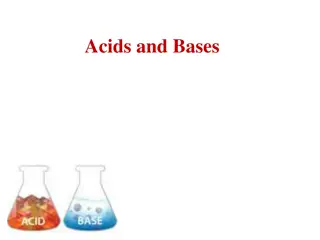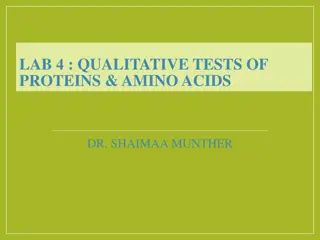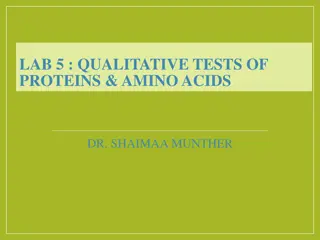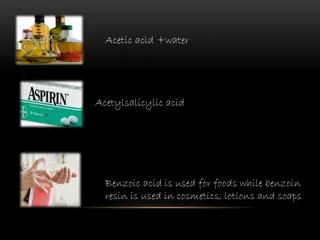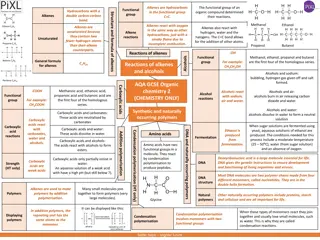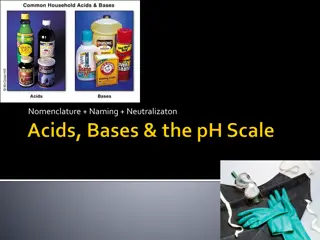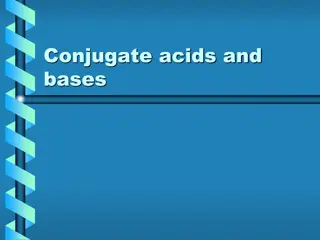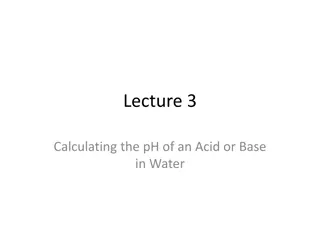
Alcohols, Ethers, and Carboxylic Acids Derivatives
Explore the properties and naming conventions of alcohols, ethers, and carboxylic acids and their derivatives. Learn about their structures, physical properties, and naming rules to deepen your understanding of these important organic compounds.
Download Presentation

Please find below an Image/Link to download the presentation.
The content on the website is provided AS IS for your information and personal use only. It may not be sold, licensed, or shared on other websites without obtaining consent from the author. If you encounter any issues during the download, it is possible that the publisher has removed the file from their server.
You are allowed to download the files provided on this website for personal or commercial use, subject to the condition that they are used lawfully. All files are the property of their respective owners.
The content on the website is provided AS IS for your information and personal use only. It may not be sold, licensed, or shared on other websites without obtaining consent from the author.
E N D
Presentation Transcript
Alcohols revisited (and ethers) and going further... 13.3 Carboxylic acids and their derivatives
Alcohols homologous series containing the OH hydroxyl group. all names end in ol eg methanol, ethanol etc. isomers are possible for alcohols containing 3 or more carbons. label position of OH group so that it has the lowest number possible. polyhydric alcohols contain more than one OH group eg propane- 1,2,3,triol OH groups attached to benzene rings are called phenols.
Physical properties of alcohols Molecules are polar, in the O-H bond, O is -and H is + Molecules have attractive forces between the molecules called hydrogen bonds, not as strong as covalent bonds. Higher boiling point than corresponding alkanes. Hydrogen bonds form between alcohol and water molecules therefore they are miscible / soluble. Long chain alcohols are less soluble.
Ethers General formula R-O-R O-R alkoxy group substituted for H eg CH3-CH2-CH2-O-CH3 methoxypropane Longer hydrocarbon chain is parent alkane for naming.
Physical properties of ethers Molecules only slightly polar. No hydrogen on the oxygen atoms to form hydrogen bonds only weak forces of attraction between molecules. Boiling points similar to corresponding alkane. Lower ethers, very volatile, highly flammable. Only slightly soluble in water, mix well with other non-polar solvents eg alkanes. (Like dissolves like).
Carboxylic acid structure Formula -COOH O Oxygen atoms not joined together. C General formula when rest of structure is an alkyl group R-COOH. O H Carboxyl group
Naming carboxylic acids Alkanes CH4 methane CH3 -CH3 ethane Carboxylic acids H-COOH methanoic acid CH3 -COOH ethanoic acid CH3-CH2-COOH propanoic acid CH3-CH(CH3)-CH2- COOH 3-methylbutanoic acid CH3-CH2-CH3 propane. CH3-CH(CH3)-CH2- CH3 2-methylbutane
Naming more complex examples Two carboxylic acid groups -dioic COOH COOH COOH ethanedioic acid COOH Carboxyl group can be attached to a benzene ring eg benzenecarboxylic acid. benzene-1,4- dicarboxylic acid COOH COOH COOH propanedioic acid CH2 benzenecarboxylic acid (benzoic acid)
Carboxylic acid derivatives If the -OH group is replaced carboxylic acid derivatives are formed.
Naming practise. Name these structures Butanoic acid Octanoic acid Pentanedioic acid Benzene-1,2-dicarboxylic acid
This powerpoint was kindly donated to www.worldofteaching.com http://www.worldofteaching.com is home to over a thousand powerpoints submitted by teachers. This is a completely free site and requires no registration. Please visit and I hope it will help in your teaching.

